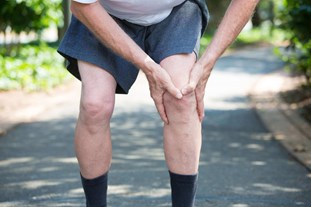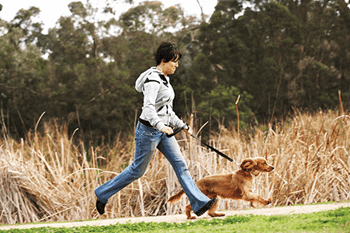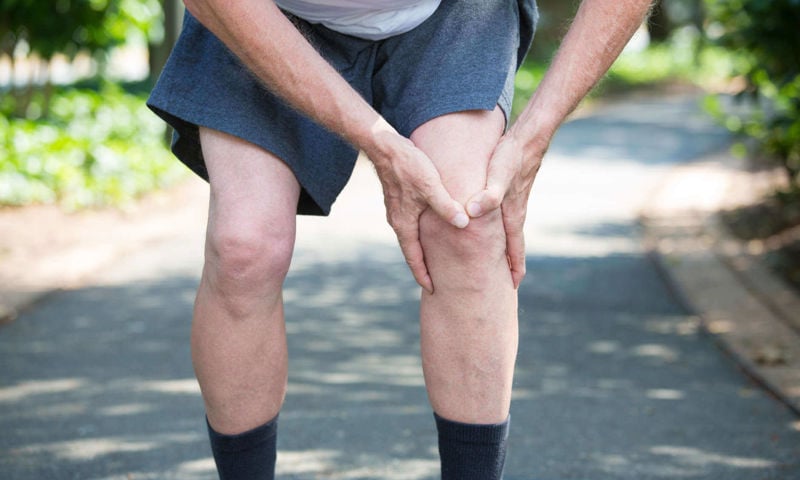As your lifestyle changes over time, so too does your ability, willingness, desire and threshold for exercise. For the average teenager, there are unlimited opportunities to exercise, be it through organised (or totally disorganised) sport, sessions at the gym or just heading to the park with the dog. Inevitably as we age, partners, kids, jobs, aches and pains slowly take the place of some of that activity. If you’re not consciously scheduling activity in between your weekly commitments, ageing bodies can easily become inactive for long periods of time.
In this article, Physiotherapist Kate Blampied shares her top 10 physio tips to help ageing bodies get active, stay active or increase activity.
Ageing gracefully and painlessly
1. World Health Organisation Guidelines
It’s important to remain active as you age. According to World Health Organisation (WHO), the recommended physical activity guidelines are:
- Older adults should do at least 150 minutes of exercise throughout the week (e.g. 30 minutes a day, 5 days a week)
- For those with health goals or wanting to improve their fitness, aim for 300 minutes of exercise per week (e.g. 45 minutes each day)
2. Arthritis avoidance
Remaining active can greatly reduce specific issues associated with ageing. Regular exercise, weight control and education form the first line of defense against hip and knee osteoarthritis. For specific exercise and education programs that target hip and knee arthritis check out GLA:D Australia program.
 3. Move it
3. Move it
Just 2 minutes of movement every hour is enough to reduce the negative impacts of prolonged sitting such as cancer, heart disease, diabetes and depression. Plus, your body is designed to move, your joints love movement, your muscles love movement, your brain loves movement.
4. Pass the test
Aim to be able to achieve the following physical activity goals to make sure you are maintaining your balance, strength and health
Balance – Can you stand on one leg with your eyes closed for 9 seconds? Practice in the corner of a room first or have someone standing by to “spot” you.
Leg strength –Sitting on a stable chair with arms across your body and count how many times you can repeat sitting to standing in 30 seconds. Can you achieve more than 15?
Aerobic fitness – Run or walk continuously for 12 mins as fast as you can and measure the distance you cover. Can you achieve the average for 60-69 age group 1.8km?
 5. A bone to pick
5. A bone to pick
Did you know that in both men and women, bone density starts to decrease at around 55 years of age and accelerates in women at the onset of menopause? Including load bearing activities in your exercise routine (preferably high impact) can do wonders for your bone health. Some great examples from Kate include dancing, heavy resistance training, skipping and step aerobics. Head to knowyourbones.org.au and find out more.
6. Sweet dreams
If you have trouble switching off your mind at night and aren’t getting the recommended 7-8 hours of sleep per night, you could try practicing Mindfulness. Kate’s favourite smartphone apps to assist with this include Smiling Mind or Headspace.
7. Walk and talk
Self-directed exercise routines aren’t for everyone. Join a club or team, simply head out for a walk with a friend or buddy up with a sparring partner who can help you stay motivated and accountable. Make it a routine. Make it fun. It’s good for you and it’s good for them. Visit Walking heart foundation for information on a walking group near you.
8. Brain power
Research has suggested that living a brain healthy life may reduce a person’s risk of developing dementia. Trying something new, like a hobby, a language, a new sport or activity, will stimulate your body and stimulate your mind.
9. Get your back up
You’re never too old to improve your posture. Start by stretching some tight muscles and strengthening some weak ones. Plus, increased core strength always makes you feel taller and improves balance. As does Tai Chi, Pilates and Yoga, all great activities to do with a friend. Visiting your physiotherapist for a postural “check up” is also a great preventative health measure.
10. Get a grip
Grip strength is an indicator of physical function and decline. Reduction in grip strength has been associated with all cause and cardiovascular mortality. Keep carrying those heavy groceries, getting into the men’s shed, digging and pruning in the garden.
These 10 tips certainly aren’t the secret to eternal youth, but they can at least help you maintain activity, improve bodily health and keep you young at heart.
Kate Blampied is the Director of Home Health Rehab and is passionate about rehabilitation from injuries and surgeries.



